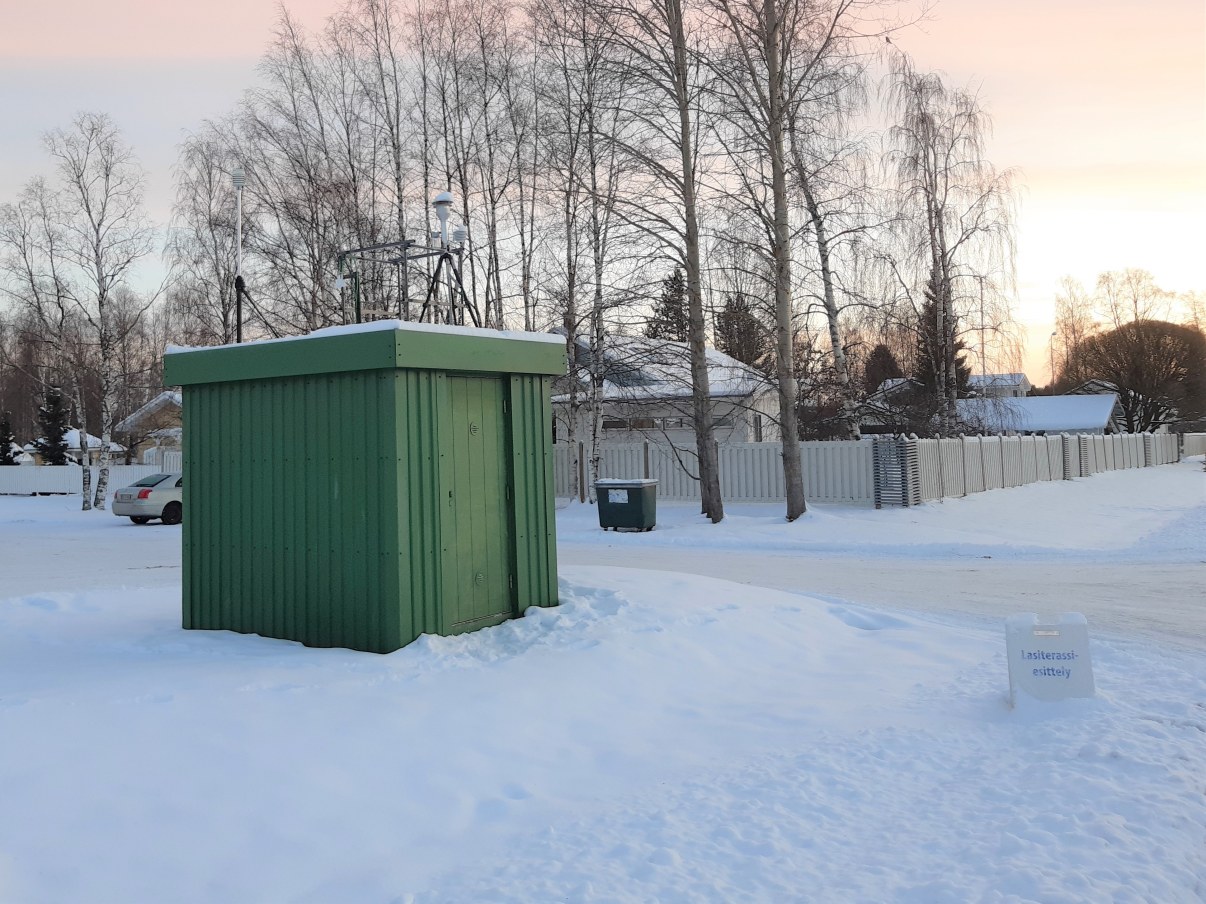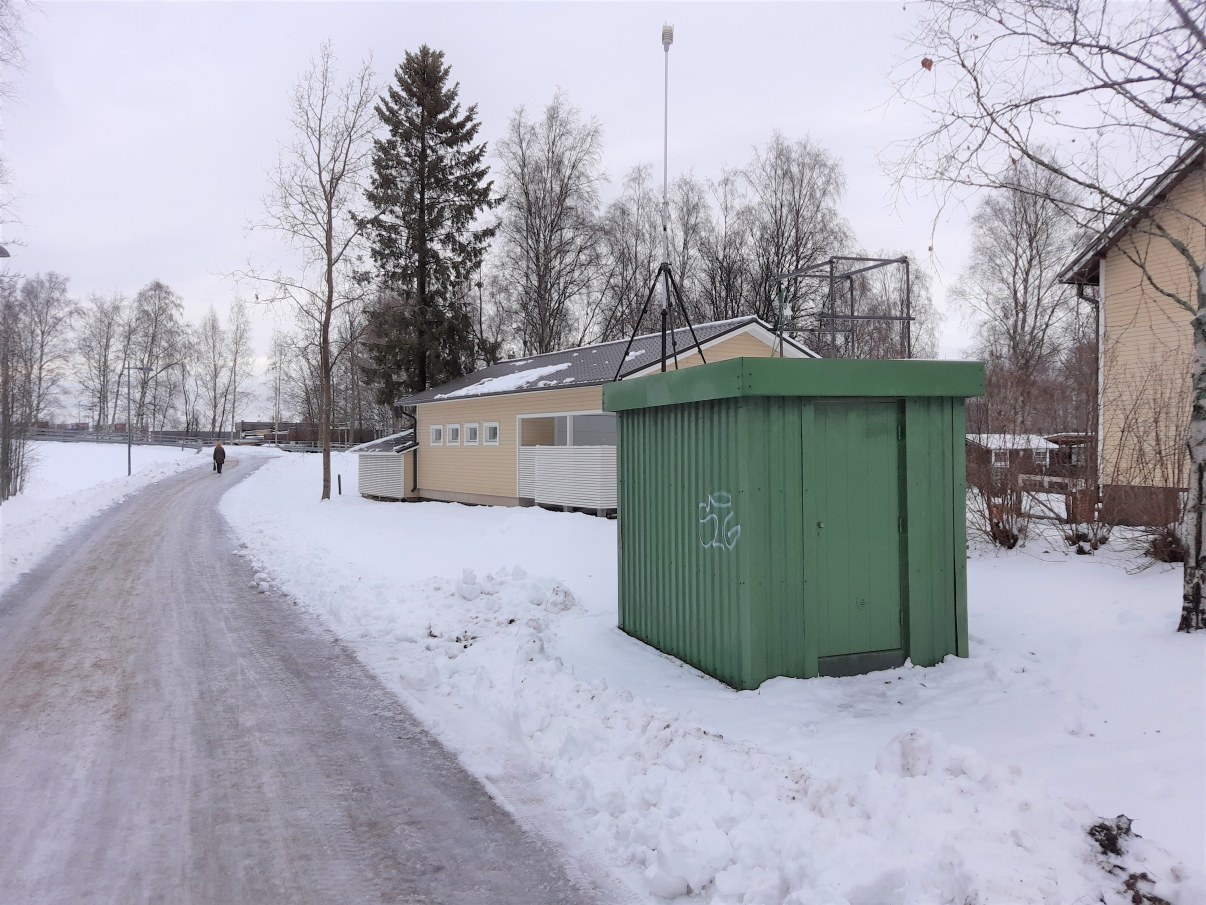In Oulu, the most significant sources of air pollutants are traffic, energy production and industry. In addition to local emissions, air quality is also affected by air pollutants transported from elsewhere. Emissions from traffic are mainly nitrogen oxides and particles. Industrial emissions are mainly nitrogen oxides, particles and odor emissions. Emissions from energy production are mainly nitrogen oxides.
Air quality monitoring
Air quality in Oulu is monitored on three fixed measuring stations. The stations are located in the city centre, Nokela and Pyykösjärvi.
Air quality monitoring is conducted as joint air quality monitoring with the city and the energy production and industrial facilities. The joint monitoring agreement includes the Oulu Region Environmental Department, Oulun Energia Oy, Stora Enso Oulu Oy, Kemira Chemicals Oy, Kraton Chemical Oy, Fermion Oy, Adven Oy, Peab Industri Oy, Port of Oulu Ltd and Kiertokaari Oy. Monitoring is conducted by the city's Environmental Protection unit.
Air quality measurements and the quality assurance are acquired as an outsourced service from Aeri Oy. Air quality monitoring complies with Aeri Oy's quality system. A written description of the quality system can be found on Aeri Oy's website: Air Quality Measurements' Quality System Description (in Finnish) (Aeri Oy).


